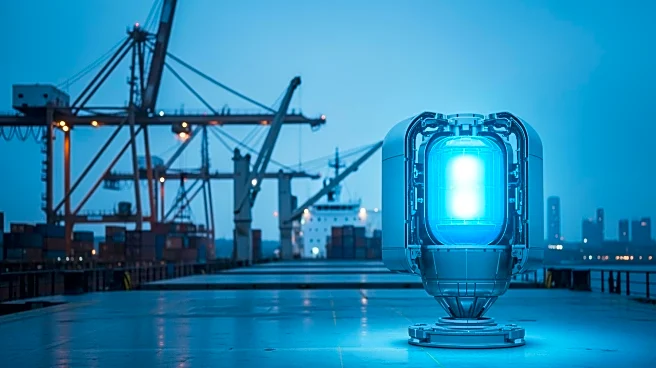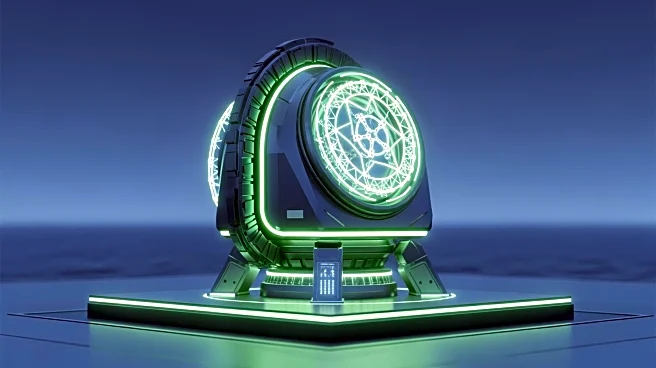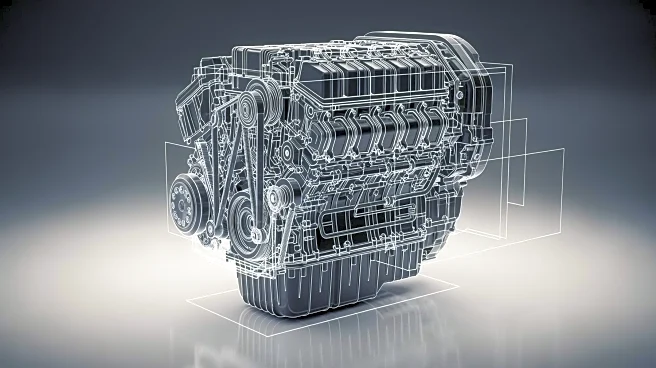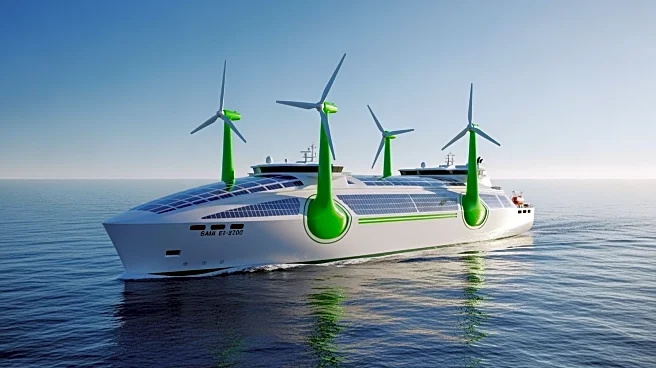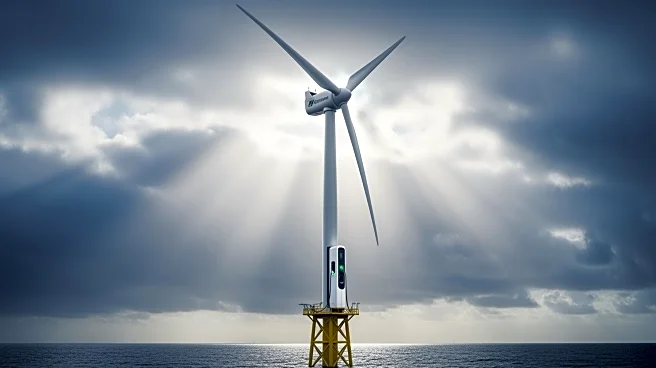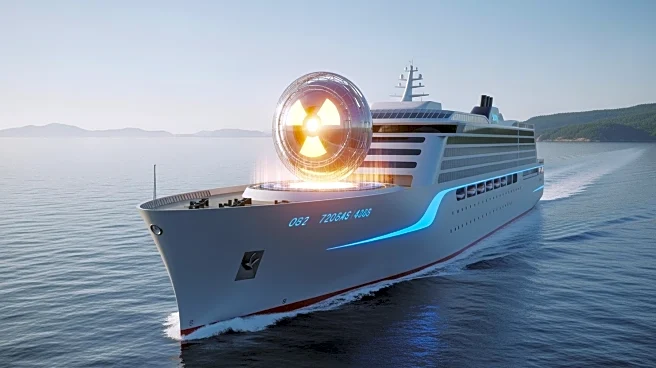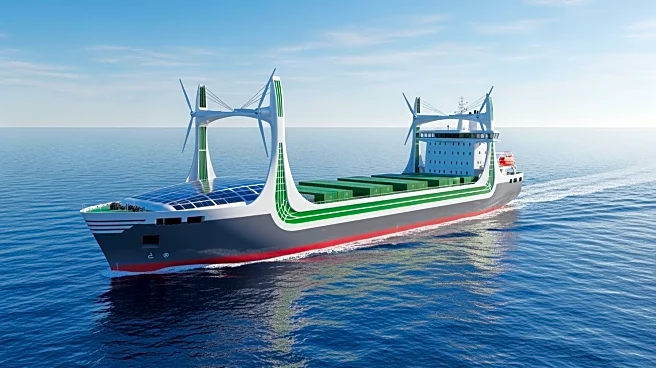What's Happening?
The shipping industry is exploring nuclear power as a potential solution to achieve its ambitious greenhouse gas (GHG) emission reduction targets. With the goal of reaching net-zero carbon emissions by
2050, the industry is considering various low- or zero-carbon fuels and technologies. Nuclear propulsion, already used in naval ships and submarines, is being evaluated for its potential to provide clean and inexhaustible energy for ships. Despite public concerns about nuclear safety, advancements in Generation IV nuclear technology promise improved safety measures. The industry faces challenges in integrating nuclear technology, including regulatory approvals and the need for specialized infrastructure.
Why It's Important?
The adoption of nuclear power in the shipping industry could significantly reduce GHG emissions, contributing to global climate goals. As the industry seeks sustainable energy solutions, nuclear power offers a high-capacity, low-emission alternative to traditional fuels. However, the integration of nuclear technology requires careful consideration of safety, regulatory, and infrastructure challenges. Successful implementation could position the shipping industry as a leader in sustainable practices, influencing other sectors to adopt similar technologies.
What's Next?
The shipping industry will likely continue to explore the feasibility of nuclear power, with a focus on addressing safety and regulatory concerns. Collaboration with international regulatory bodies and classification societies will be essential to ensure the safe deployment of nuclear technology. As the first floating nuclear power plants are expected to enter service within the next decade, the industry must prepare for the operational and logistical challenges associated with nuclear-powered ships.
Beyond the Headlines
The potential shift to nuclear power in shipping could have broader implications for global energy policies and maritime regulations. The industry's move towards nuclear technology may prompt discussions on international safety standards and the development of new regulatory frameworks. Additionally, the successful adoption of nuclear power could drive innovation in other sectors, encouraging the exploration of alternative energy sources.
